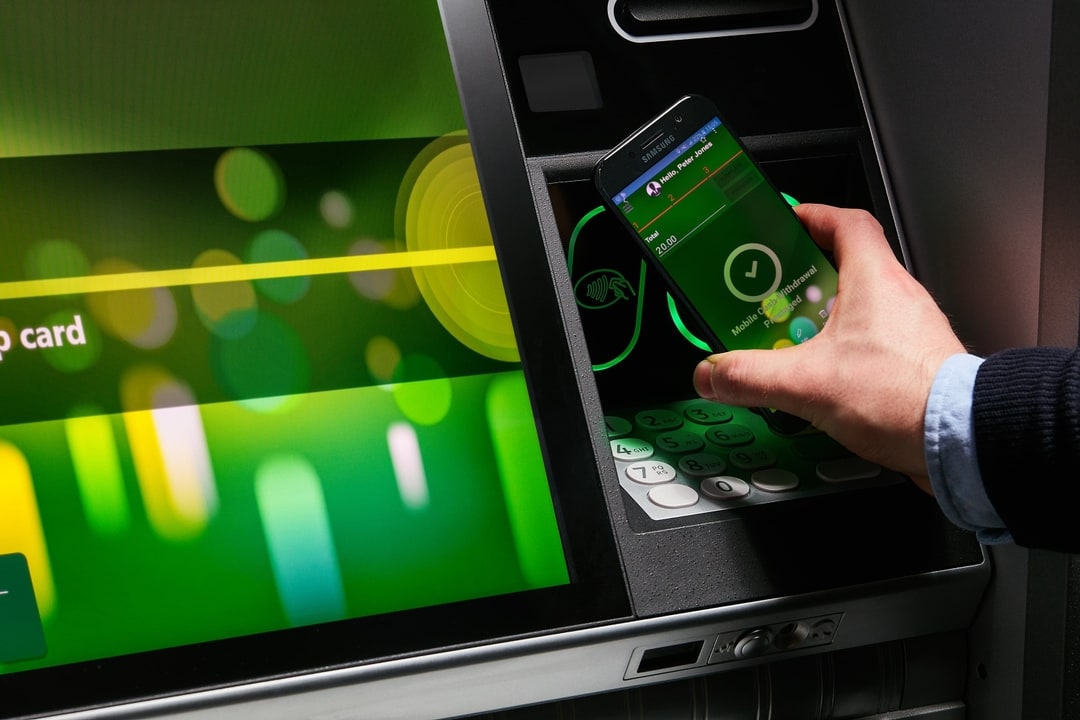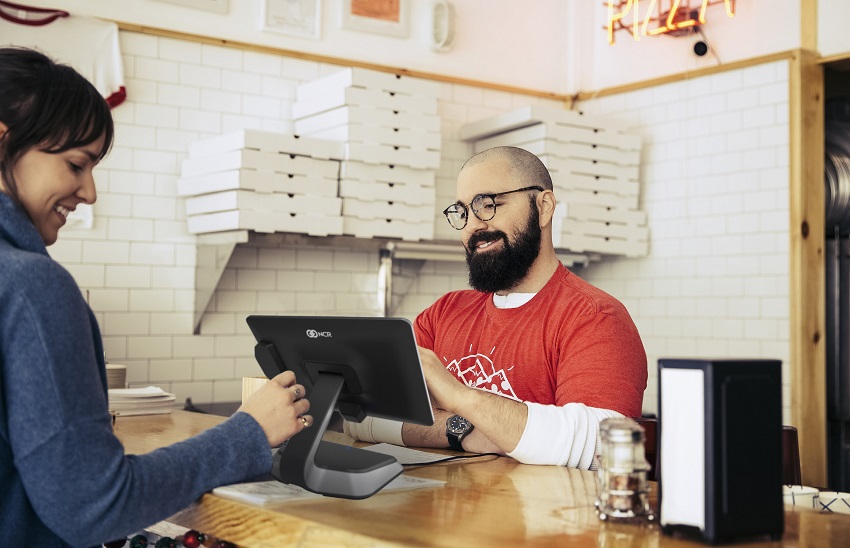How grocers can use data to fight inventory shrinkage
Published October 19, 2021
by Shona Peel
When retailers think about inventory shrinkage or loss, their minds often drift to theft — shoplifters in oversized coats swiping items from shelves or employees pretending to scan a friend’s item before bagging it.
That’s not the whole story, explains Shona Peel, Programme Delivery Lead for NCR.
“Theft is tangible and easy to point to, but that’s only because, until recently, we didn’t have the technology and new data sets to track other types of shrink,” Peel said.
Despite substantial investment by retailers in tackling theft, a British Retail Consortium report shows inventory shrinkage continues to rise. It’s time to look at a new approach to address inventory shrinkage, Peel said.
New tools allow grocers to track their product as it moves through their stores to reveal previously invisible causes of shrink in their process. Identifying these less scrutinized forms of shrink is an easy way to improve profits and deliver a better customer experience at the same time.
How inventory shrinkage happens
Inventory shrinkage is easy to measure but harder to track. Reasons for inventory loss range from clerical errors and product damage to theft.
Some types of inventory shrinkage don’t lose retailer money but do have a direct impact on store inventory. A good example is when a shopper scans only one of the two items in a two-for-one deal or only scans one type of yogurt as a substitute for scanning the several different flavors they are purchasing.
Other errors deal a double whammy to retailers, costing them money and falsifying their inventory. Customers who select the wrong type of item from a list, like choosing zucchinis instead of cucumbers, or who don’t properly scan an item because of a poorly placed barcode are common examples.
Inventory shrinkage can even happen before an item makes it into a shopper’s basket, such as when an employee scans the wrong item because of poorly labeled barcodes, or insufficient packaging leads to damaged goods at the warehouse or in the back of the store.
So, how can retailers track which kinds of inventory shrinkage they are facing and, more importantly, reduce the effect of that shrinkage on their bottom line?
Three surprising ways to reduce inventory shrinkage
Retailers can avoid many types of inventory shrinkage by ensuring the products themselves aren’t causing self-inflicted harm and by deploying technology and data tracking to catch errors before losses mount.
Packaging and price file considerations
Retailers must always address proper robust packaging with their suppliers. Proper packaging prevents damage, holds up through a multi-layered supply chain, is easy to shelve and ensures multiple barcodes aren’t visible.
Crates that arrive in a retail warehouse are often meant to be broken down into smaller sets for shipment to stores. “Creating clear messaging on packaging around resale and multipacks minimizes confusion for employees who are marking products as received,” Peel said.
Clear labeling is also key to ensuring customers don’t accidentally ring up an individual item instead of the full packaged set, such as an individual soda can that is part of a six-pack. Making sure the correct barcode is easy to scan also minimizes the chance of customers placing the item in their cart without scanning, or of an employee using generic “dump codes” to quickly move past an item.
Real-Time Technology
New self-checkout video technology helps retailers detect not only theft but also accidental mis-scans, promotion errors, and non-scans by customers in real time.
Video technology helps customers quickly and correctly identify the proper item by narrowing selections based on item size or color. If the video system recognizes a potential error, it can automatically notify the check assistant overseeing the self-scan area. This helps employees monitor more checkout lanes.
Additionally, machine learning technology can enable a video system to improve its recognition of questionable behaviors, based on previous pattern observations. “Retailers benefit through real-time insights into the products or customer patterns that are driving retail inventory shrinkage at self-checkout areas,” Peel said. “This method means retailers can capture, correct and quantify loss quicker.”
Related: Six principles of effective shrink management at the checkout
Continuous Data collection
Retailers need continuous data collection to proactively identify and eliminate sources of inventory shrinkage.
This requires a team capable of analyzing all this data from video and self-checkout machines.
“Traditionally loss prevention teams are field-based and look after individual store clusters,” Peel said. “This team needs to be centrally based and looking at all shrink from a bird’s-eye view across the entire enterprise.”
That said, the analysis of this data needs to be available to local stores, to give their owners and operators a view into location-specific anomalies that may indicate an opportunity to reduce inventory shrinkage.
An effective retailer data team operates outside of traditional operational areas. Teams must talk to peers in innovation, strategy, technology, category, marketing, and packaging to catch potential problems before they have a chance to impact operations at the store level.
Peel offered a recent example in the UK. When the government passed a sugar tax, it layered an additional process point onto an overwhelming volume of products, creating widespread opportunity for error within price files, barcodes, packaging, and more. A coordinated team is crucial to ensuring those changes don’t lead to inventory shrinkage.
Retailers that take a new tack to inventory shrinkage can boost their profits
Grocers must think about inventory shrinkage holistically — from the moment product arrives in their warehouse until the moment a customer walks out of the store with that product in their cart.
To do that requires robust data and a cross-sectional team comprised of floor staff, store management, inventory management, warehousing, and delivery.
This effort can deliver a net benefit to the bottom line. Creating new profit centers is a daunting task, but eliminating the unintentional losses from inventory shrinkage can put more money in retailers’ pockets while making life easier on shoppers. Shrink rates exceed 3 percent for grocers and account for billons in lost revenue.
“New technology and improved data sets will help retailers spot the leaks and then uncover the solutions to plug those leaks whether that looks like new technology or innovative product management,” Peel said. “The end result is less loss, more profit and happier customers.”



